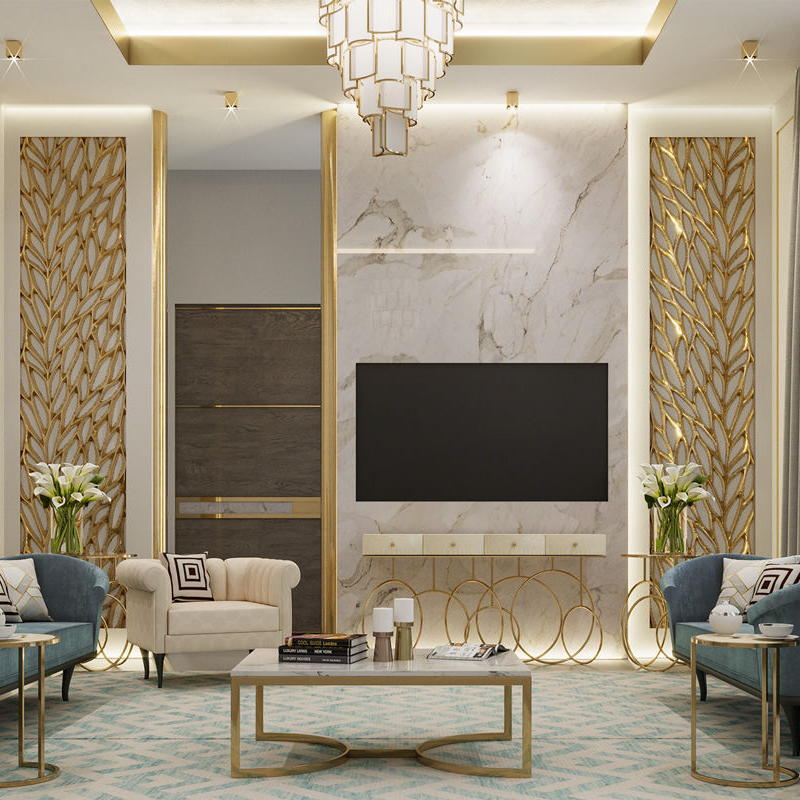Introduction
A dark room can be gloomy and uninviting, especially during the winter months. Whether it’s a living room, a bedroom, or a home office, a dark and dreary space can have a negative impact on your mood and well-being. Fortunately, there are several ways to brighten up a dark room and make it feel more inviting and enjoyable. In this article, we’ll share some tips and tricks to help you achieve a brighter, more comfortable living space.
Tip 1: Increase Natural Light
One of the best ways to brighten up a dark room is to increase natural light. If the room has windows, consider removing heavy drapes and replacing them with lighter, sheer curtains that will allow more sunlight to filter through. If privacy is a concern, you can add blinds or shades that can be adjusted to let in light while still maintaining your privacy.
Another way to increase natural light is to add mirrors to the room. Mirrors can reflect light and give the illusion of a larger, brighter space. Consider hanging a large mirror on a wall opposite a window to help bounce more light into the room.
Tip 1a: Add Skylights
If the room doesn’t have windows or doesn’t receive enough natural light, you may want to consider adding skylights. Skylights are windows that are installed in the ceiling, allowing natural light to filter into the room from above. They can be a bit more costly to install than traditional windows or light fixtures, but they can make a big difference in brightening up a dark room.
Tip 2: Use Artificial Lighting
When natural light isn’t an option, artificial lighting can be a great way to brighten up a dark room. Start by assessing the room’s lighting needs. Does it need more general lighting, or would task lighting be more appropriate? For example, a dimly lit kitchen may benefit from brighter overhead lighting, while a home office may require a desk lamp to better illuminate your work area.
When choosing artificial lighting, consider the different types available. LED bulbs are energy-efficient and provide bright, white light that is similar to natural sunlight. Halogen bulbs are also energy-efficient but can produce a warmer, softer light. Fluorescent bulbs are durable and efficient but can emit a harsh or flickering light that some people find unappealing.
Tip 2a: Add Accent Lighting
In addition to general and task lighting, accent lighting can be a great way to add depth and interest to a room. For example, wall sconces can create a warm ambiance and highlight artwork or decorative elements. Table lamps can also provide a cozy, inviting glow and help to balance the room’s lighting.
Tip 3: Paint the Walls a Lighter Color
If your room has dark-colored walls, painting them a lighter color can make a big difference in brightening up the space. Lighter colors reflect more light and can make a room feel larger and more open. Consider shades of white, cream, or pale pastels to brighten up the room and make it feel more inviting.
Tip 3a: Add Colorful Accents
While a neutral color palette can help to brighten up a dark room, adding colorful accents can also help to liven up the space. Consider colorful throw pillows, artwork, or decorative accessories to add pops of color and interest to the room.
Tip 4: Clear the Clutter
A room that is cluttered with too much furniture, knick-knacks, or other decorative items can feel dark and chaotic. To brighten up the space, consider removing any unnecessary items and organizing the rest. A clutter-free space will feel more open, and the fewer items there are, the easier it will be to keep the room clean and tidy.
Tip 4a: Use Multifunctional Furniture
To keep the room feeling spacious and open, consider using multifunctional furniture. For example, a storage ottoman can provide additional seating and storage space while serving as a coffee table. A daybed can function as both a sofa and a guest bed, making it a great option for a small bedroom or guest room.



